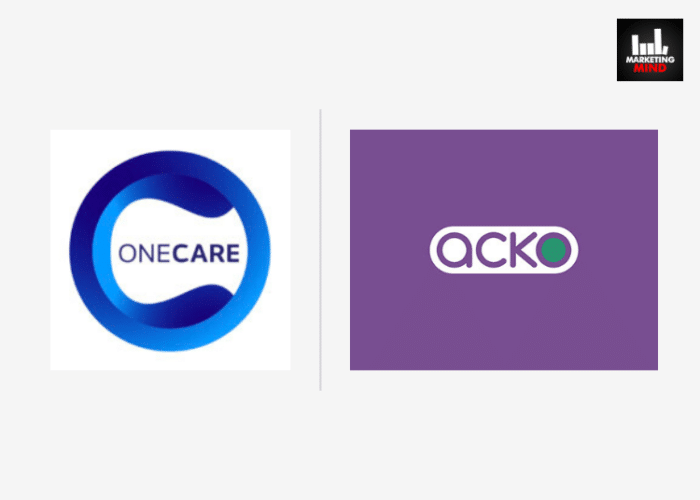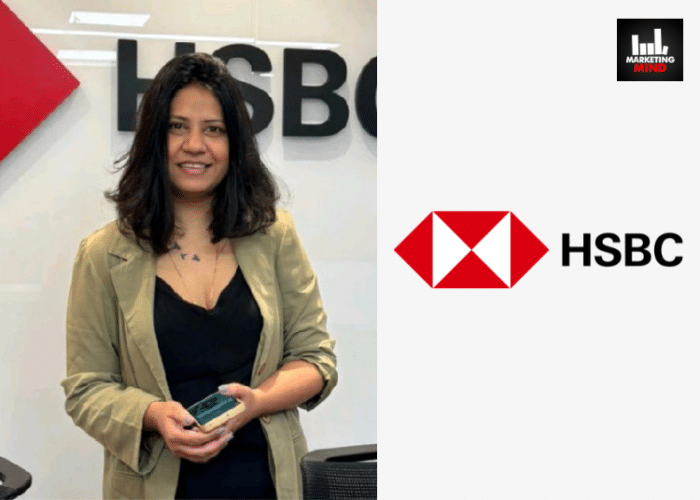2018 has been a year of startups, while some just started to spread their wings, others got their wings strengthened with fundings. The risk taker investors have pumped in more than 50,000 crores ($6.9 Bn) in Indian startups in 2018. Around 85% of this chunk has gone to the series B deals.

The Big Players
Around 50 startups including, Udaan, Swiggy, Zomato, GreyOrange, Policy Bazaar are amongst those who have raked in over $100 million each and one of the biggest players has been OYO, which has got a funding of $1Bn from Japan’s SoftBank just recently.
One of the biggest milestones was Flipkart selling a majority stake to Walmart for $16 billion.

“What was the typical M&A exit valuation five years ago has now become the size of funding round. That shows the depth of market and its potential to absorb a large amount of capital”, Said K Ganesh, founder of Startup incubator GrowthStory that has backed Big Basket, the grocery portal and healthcare provider Portea.
Change of Scene
But there is a pattern change observed in investments. The investors are clearly fueling the existing startups, who have carved a name and garnered some success to their credit. The new startups, looking for funding aren’t getting as much support as the initial years saw in this game. As compared to a whopping $1.6Bn invested in 2015 in early startups, A stage investments stand at $869 million so far. Also, the number of deals at the seeding stage has dipped down from 339 this year as compared to 762 in 2017.

Where is the Money Going
As of now, a big chunk of funding is going to businesses, which are built around developing next 100 Mn Internet users as the smartphone use is on the rise and the rates of data usage are dropping because of the severe competition between the telecom giants. Content is the king today, the companies which are able to sell their content and converse well with their audiences have greater chances of being backed up by investors.
“The ways to find monetizing should include the entire business of commerce-to-community through content. If I can upsell services and products for a user hooked to a content platform, through the same platforms, I can monetize the same. So if I can engage this audience through content, my ability to monetize through commerce is feasible,” said Ganesh explaining why investors are taking an early bet on such business models.













